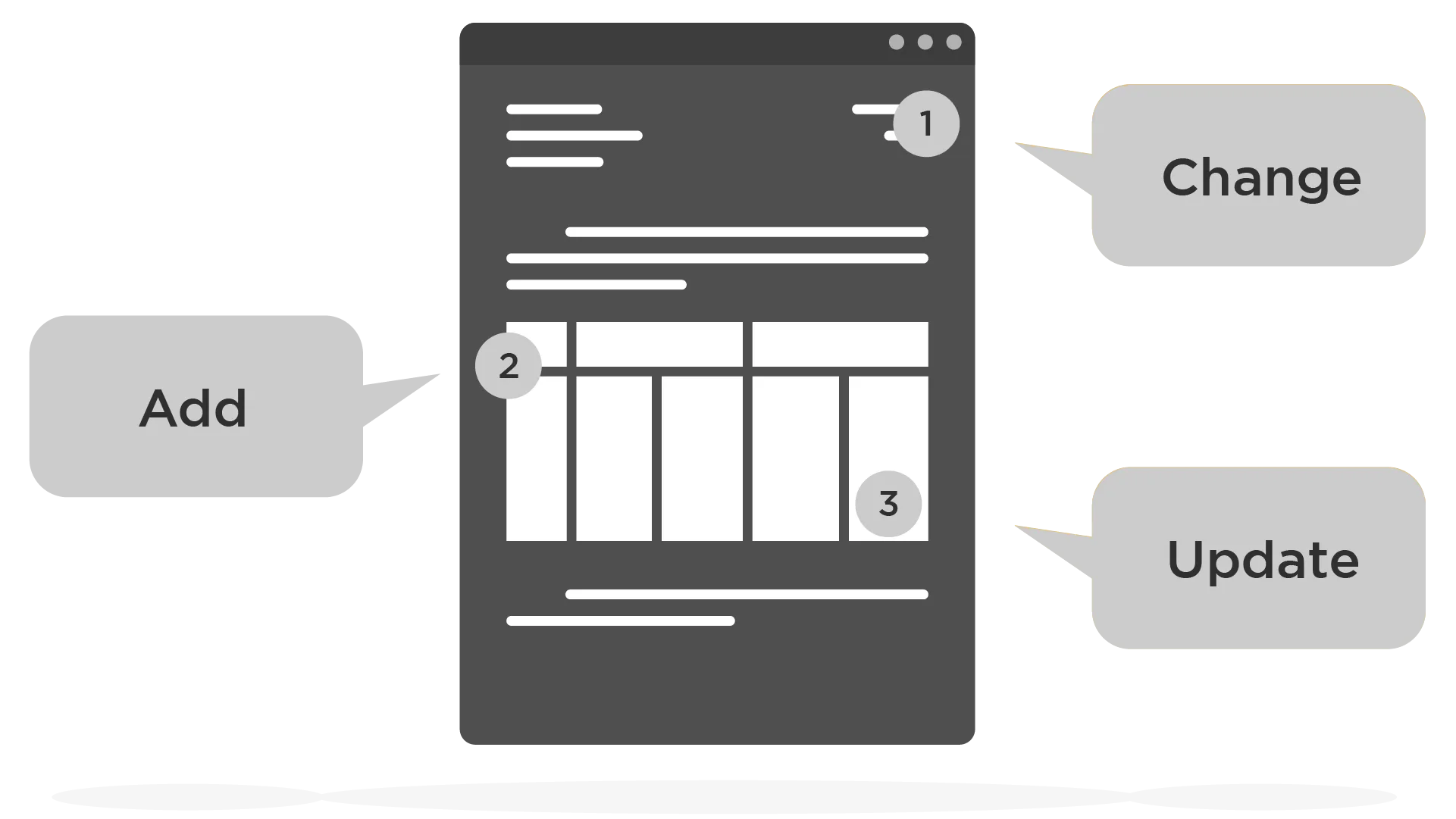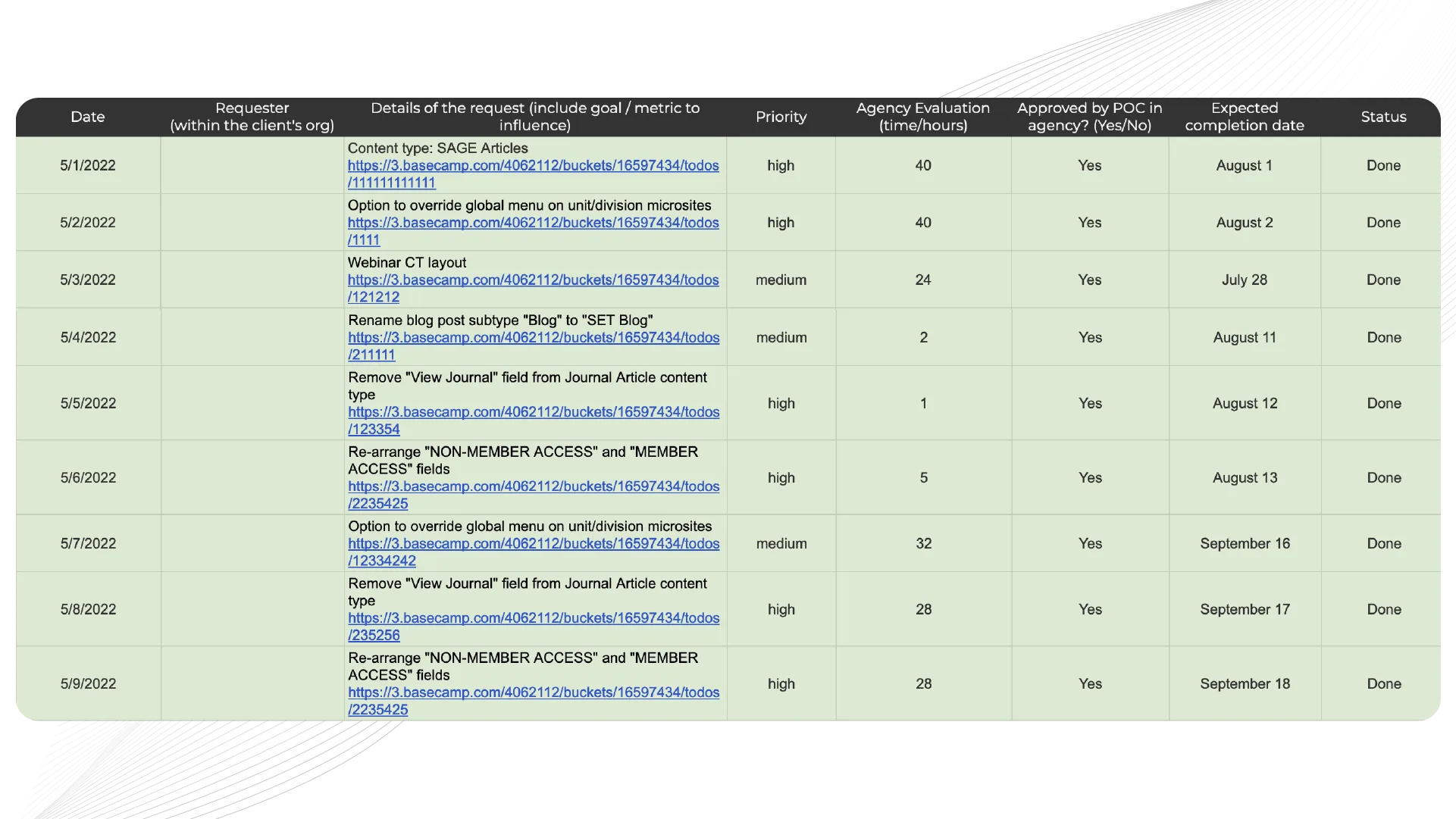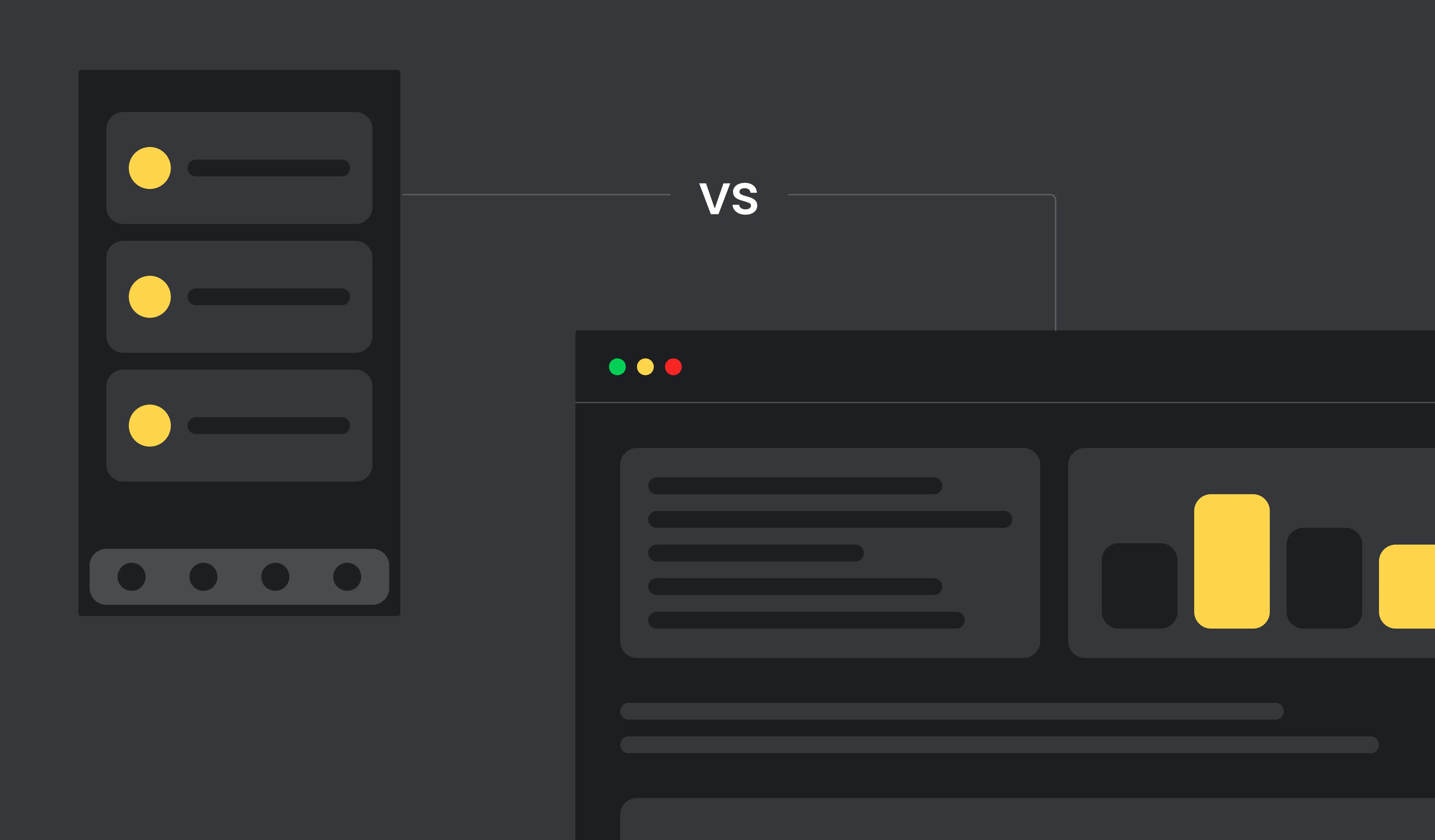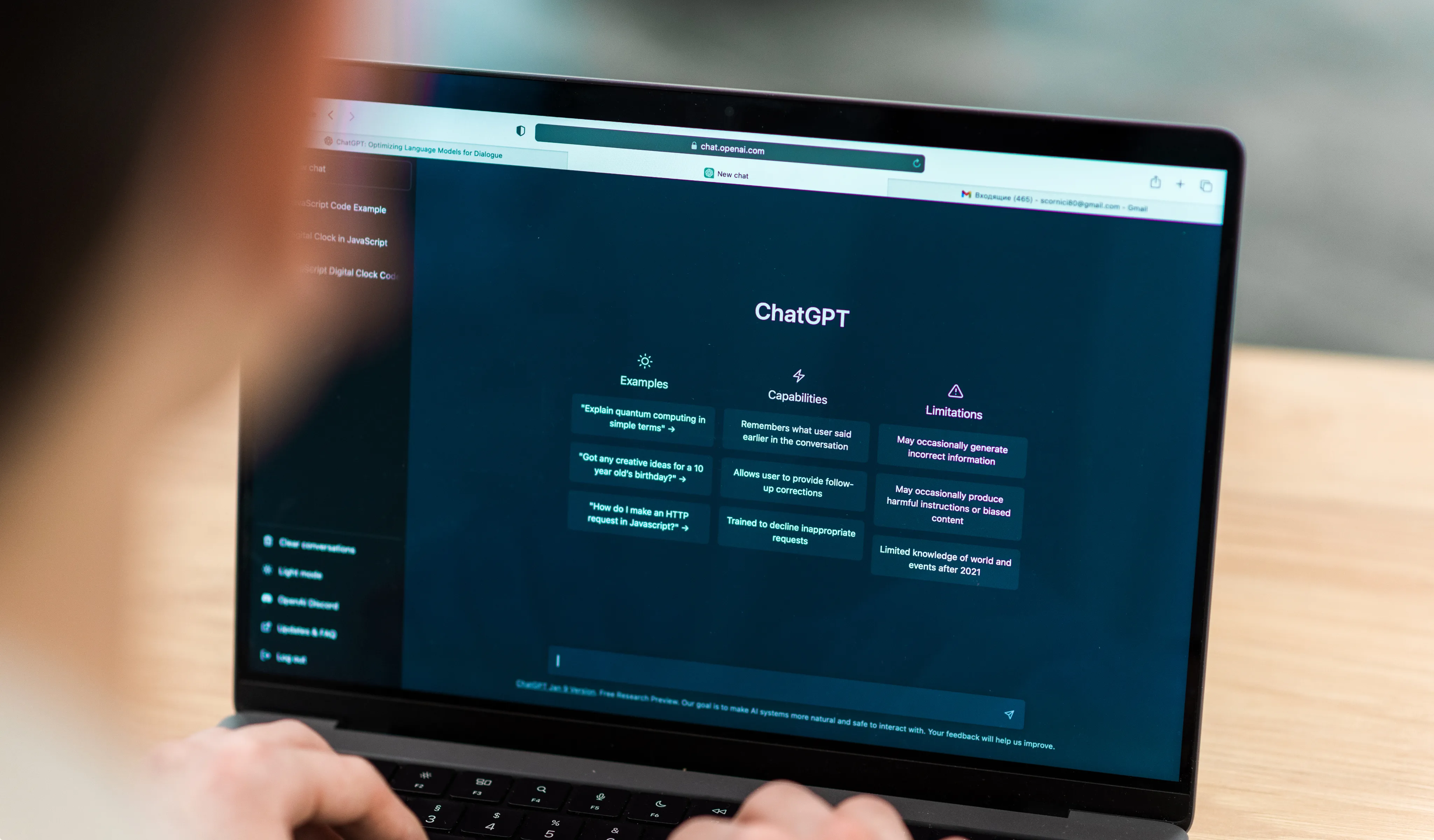In IT projects, the scope matters at every stage of collaboration. First, we define the initial scope to provide clarity to a client in terms of costs and timing. However, IT projects are dynamic. We need to stick to the market trends and adopt the product timely to keep the profitability promised.
Thus, the scope of the project may change after the start and even after months of development. This process has been extremely common. That is why new tools to control it are in huge demand. Here we will introduce you to the Scope Creep Prevention document designed to refine collaboration between clients and teams.
The goal of the scope creep management

Three main goals stay behind the scope creep management:
- To control the scope of work and have a clear product design at hand all the time.
- To avoid risks of over-budget and missing deadlines, or to treat these risks timely.
- To avoid conflicts with clients and any potential miscommunication.
How to design a scope creep document

The parties need to have an accurate understanding of the expected outcomes of the project. Before the start of the project, both sides prepare a description of the agreed scope of work.
A good team informs a client about scope creep management and explains how they are going to work with it. And, more importantly, how they are going to identify change requests.
It is crucial to ensure shared access to the document for both the team and the client.
The contents of the document

A good scope creep always contains this information:
- Who initiated the change request?
- When and how was the change requested (if applicable, include the link)? It helps estimate extra hours spent or remaining to take care of the change requests either now or at the later stages of the project.
- The time and cost estimation for the change request.
- Priority or decided date of completion.
- Status (date of completion, approved by the client, done, in progress, etc.).
Best way to work with the scope creep document

Follow these simple rules to keep your collaborative efforts productive when it comes to scope changes:
- When the change request comes, you need to identify if it is a part of the discussed scope or a completely new feature.
- How many hours will this change request take? Maybe it is a minor edit that can be included in the scope without risks and, in turn, will make the client happy.
- Discuss and notify the client that you will add the request to the document. The client can either decide to start development and be ready to compensate for the request or wait until the project’s end to use the hours left if any.
- Make sure all stakeholders are aware of the upcoming change requests.
- Be flexible. There is also an option to suggest giving up one feature in favor of another.
- Analyze. Sometimes it is helpful to ask yourself why this change request arose. Maybe there was something that we didn’t pay attention to during discovery sessions or some risks that had not been taken into account timely. Each situation requires an individual approach.
- Determine details of the change request and gather all information needed.
- Estimate the change request in time and costs.
- Determine whether the change request is inside or outside the scope.
- Set priorities and the dates of change requests implementation.
- Identify and discuss how the change request will affect the rest of the project scope and timeline.
- Approve or reject the change request.
- Inform the team about the change request and its details.
- Implement the change request and update project deliverables (documentation, schedules, etc.).
Tips for teams to minimize the number of change requests

- Gather as much information as possible during discovery sessions.
- Learn to see the business perspective of the project to propose ideas to the client. Sometimes, they might not see the benefits due to the lack of technical expertise.
- Don’t wait to release the demo until the end of the project. Show the progress constantly to gather regular feedback.
- Think retrospectively. Use your experience for future projects.
Example of the Scope creep document

Conclusion
It is no surprise that most projects experience changes. Sometimes technologies get more advanced, or there are significant changes in the cost sheet. It is normal to make minor or more material changes to the scope as long as the process stays under the control of all stakeholders financially and time-wise.



